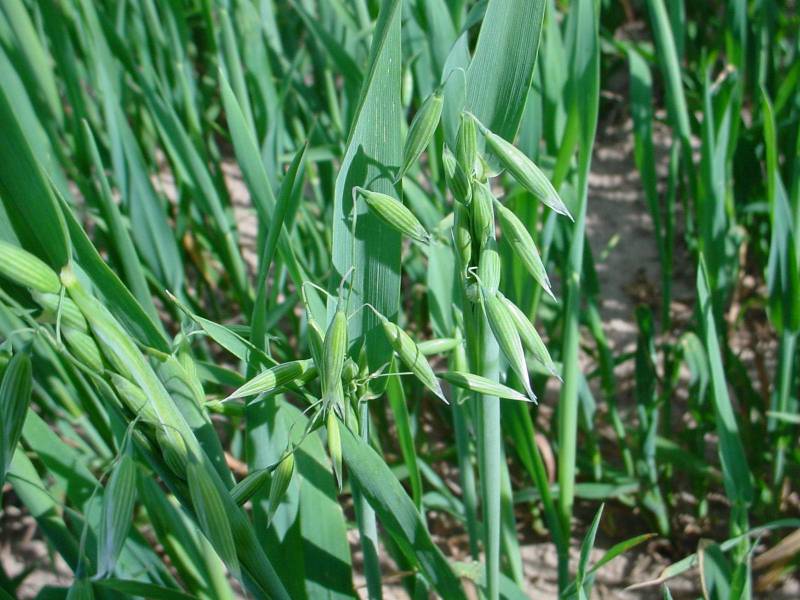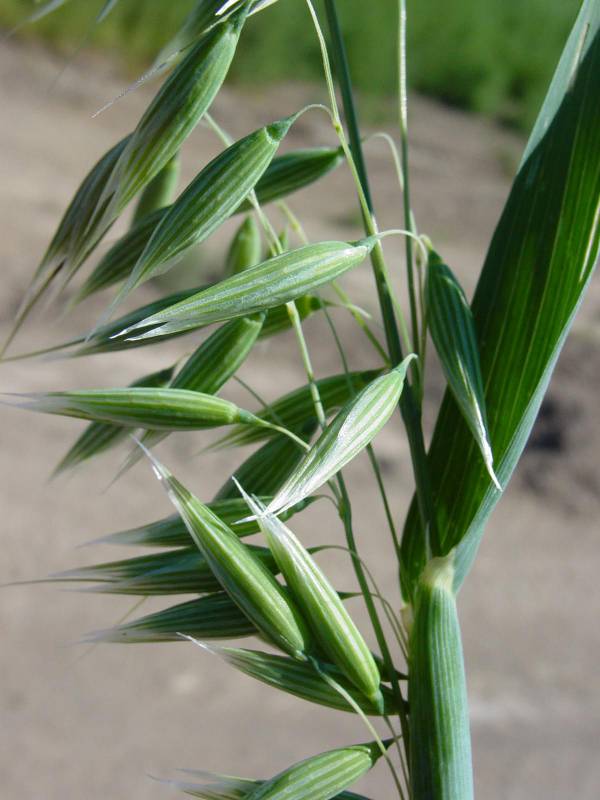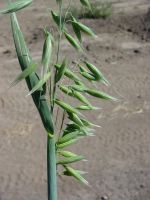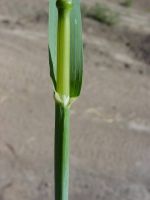Distribution: Occurring chiefly west of the Cascades crest in Washington; Alaska to California, east across North America to the Atlantic Coast.
Habitat: Fields, roadsides, wastelots, and other disturbed areas.
Flowers: June-August
Origin: Introduced from the Mediterranean region
Growth Duration: Annual
Conservation Status: Not of concern
Pollination: Wind
Glabrous annuals, the culms to 2 m. tall in some varieties, hollow.
Sheaths open; ligules 2-4 mm. long, puberulent, obtuse; blades 3-10 mm. broad, smooth or scabrous.
Inflorescence a large, open panicle, the spikelets pendulous; spikelets usually 2-flowered, the rachilla firm, not readily disarticulating; glumes 20-25 mm. long, subequal, exceeding the florets; lemmas hardened, thickened, greenish, smooth to above midlength and prominently veined above, glabrous, entire at the tip, the callus usually naked; awn lacking on the second floret, attached about the middle of the first floret, nearly straight, up to 15 mm. long; lodicules linear, 1.8 mm. long.
Utricle
Publication: Sp. Pl. 1: 79. 1753. 1753.
Avena fatua L. var. sativa (L.) Hausskn.
Avena sativa L. var. orientalis (Schreb.) Alef.
PNW Herbaria: Specimen records of Avena sativa in the Consortium of Pacific Northwest Herbaria database.
WA Flora Checklist: Avena sativa checklist entry.
OregonFlora: Avena sativa information.
E-Flora BC: Avena sativa atlas page.
CalPhotos: Avena sativa photos.
USDA Plants: Avena sativa information.












